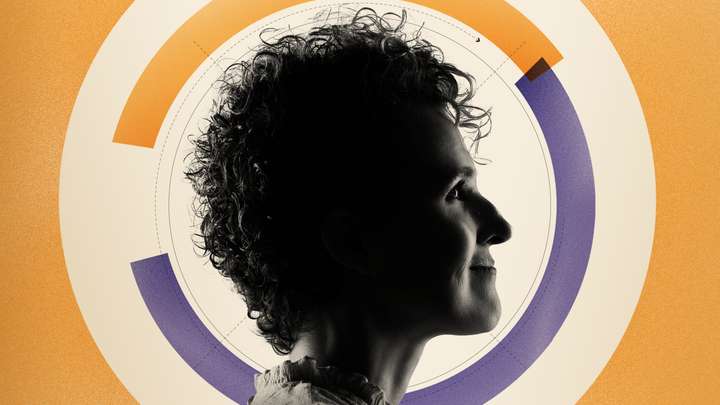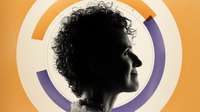
Power of the PSA to Stop Drunk Driving
Top of Mind with Julie Rose - Season 1, Episode 558 , Segment 2
White House Investigation, Brain on Soda, Secret to a Long Life
Episode: White House Investigation, Brain on Soda, Secret to a Long Life
- May 22, 2017 11:00 pm
- 14:23 mins
Guest: Jeff Niederdeppe, PhD, Associate Professor of Communications in the College of Agriculture and Life Sciences, Cornell University For decades we’ve been trying to figure out how to stop drunk driving. Mothers Against Drunk Driving supports locking the ignition of a car unless a driver with a previous DUI can pass a breathalyzer test. Another approach is to lower the blood alcohol legal limit – Utah just took its limit to .05, making it the lowest in the nation. But Cornell communications professor, Jeff Niederdeppe, has data to prove that airing “don’t drink and drive” ads at the right times can actually save lives.









